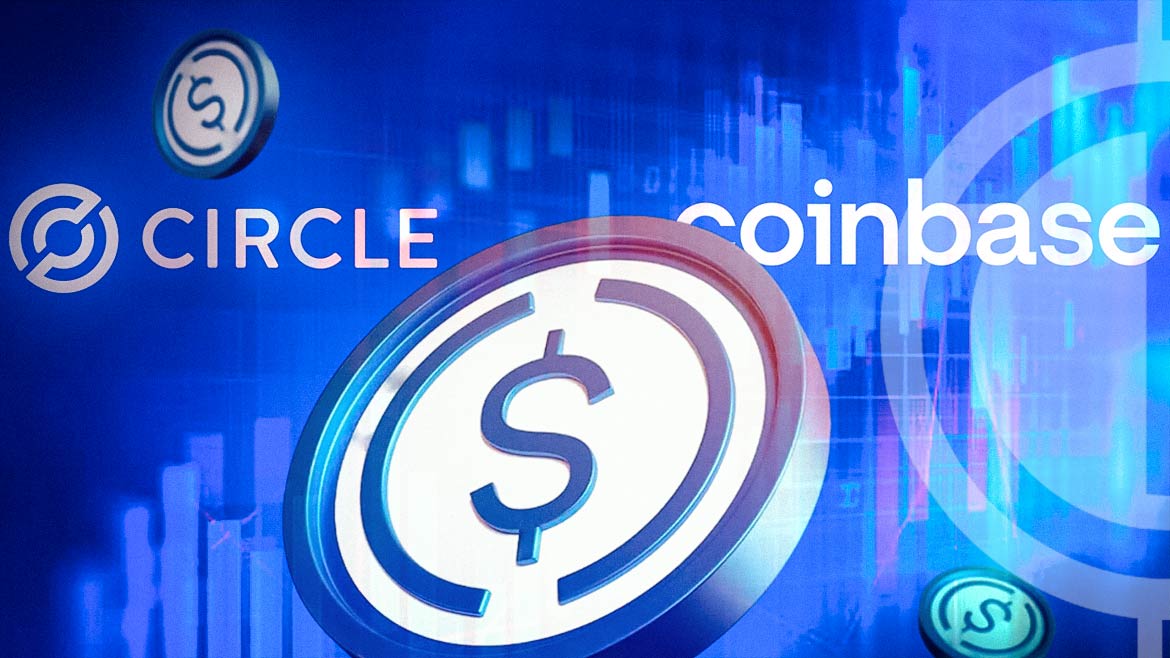
USDC, the world’s second-largest stablecoin, announced a significant expansion, with plans to launch on six new blockchains between September and October, bringing the total number of supported blockchains to 15. This move was aimed at better serving businesses, applications, and developer communities, choosing USDC as the on-chain dollar.
The announcement further revealed that Coinbase, a leading cryptocurrency exchange, officially acquired a minority stake in Circle Internet Financial. The two companies, founding members of the Centre Consortium, agreed to no longer operate separately, and Circle brought issuance and governance of USDC fully in-house. The new structure streamlined operations and governance, enhancing Circle’s direct accountability as the USDC issuer, including holding all the smart contract keys, complying with regulations on the governance of reserves, and enabling USDC on new blockchains.
Expressing the platforms’ commitment towards pushing USDC adoption, the announcement said:
Coinbase and Circle will now have even greater strategic and economic alignment on the future of the financial system. Coinbase is committed to the long-term success of the stablecoin ecosystem and USDC, specifically.
The revenue generated from USDC reserves interest income continued to be shared between Coinbase and Circle. Under the new arrangement, this revenue was shared based on the amount of USDC held on each platform, and they agreed to equally share interest income generated from the broader distribution and usage of USDC.
Coinbase and Circle expressed their belief in the immediate and long-term impact of stablecoins, particularly in unlocking the next phase of utility for USDC. The firms expect to grow the USDC ecosystem, circulation, and global adoption.
In related news, there have been recent shifts in the world of dollar-pegged stablecoins. PayPal has introduced its PYUSD token in association with Paxos, potentially challenging the dominance of USDC and Tether’s USDT. The stablecoin is fully backed by US Dollar deposits, short-term Treasuries, and similar cash equivalents. Paxos has revealed that the stablecoin would be initially used in the crypto and web3 sectors prior to its wider adoption.













